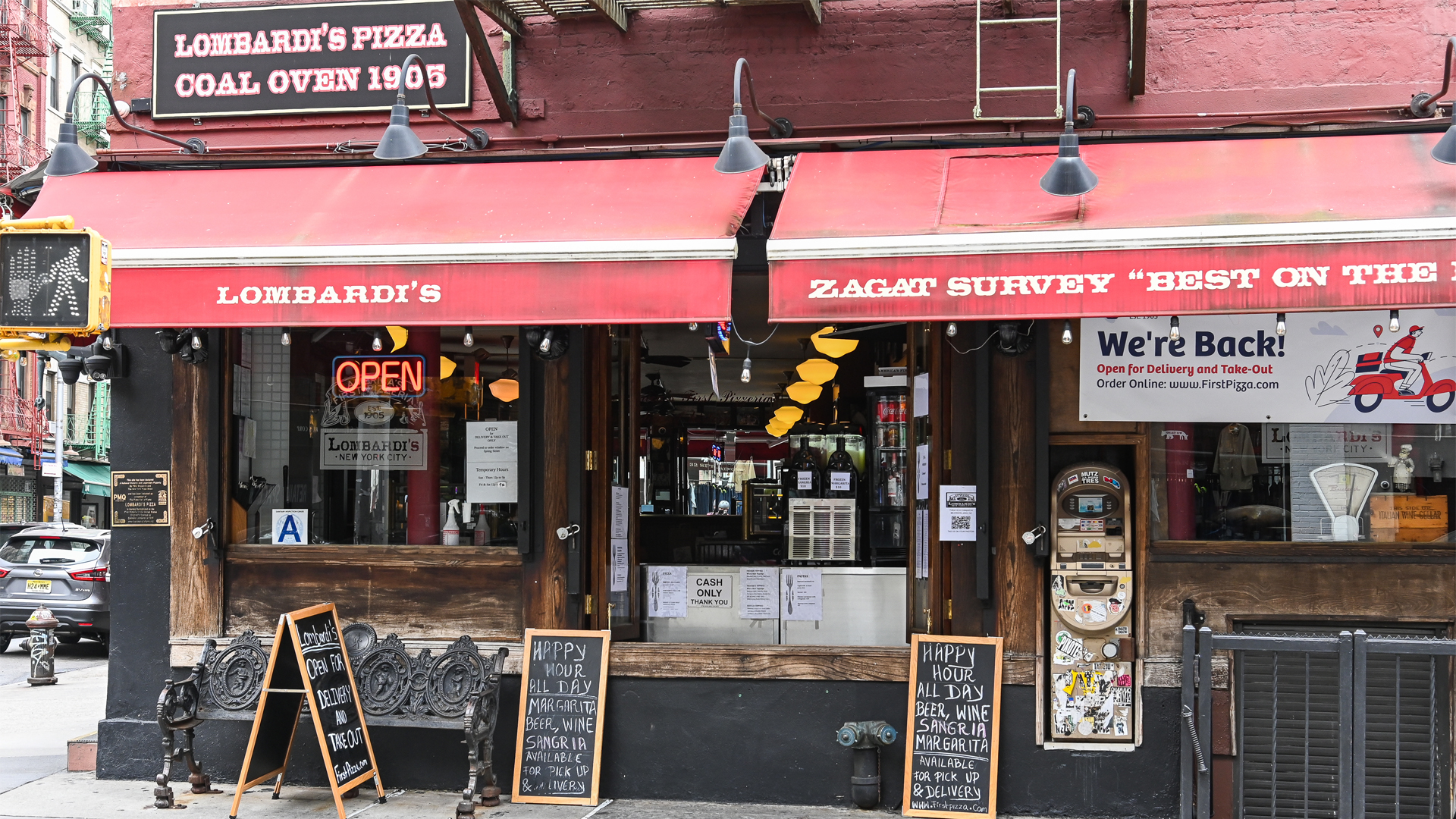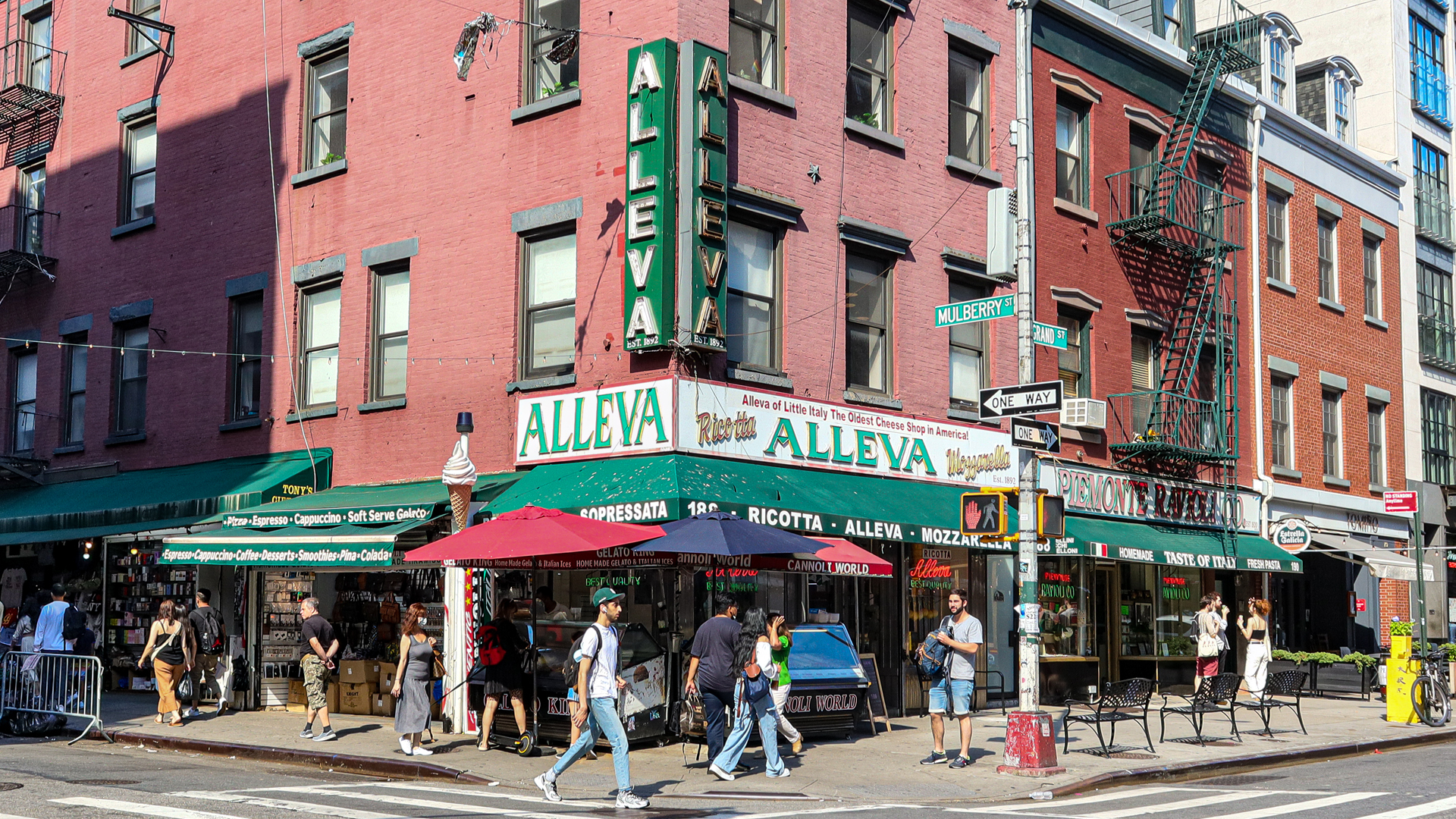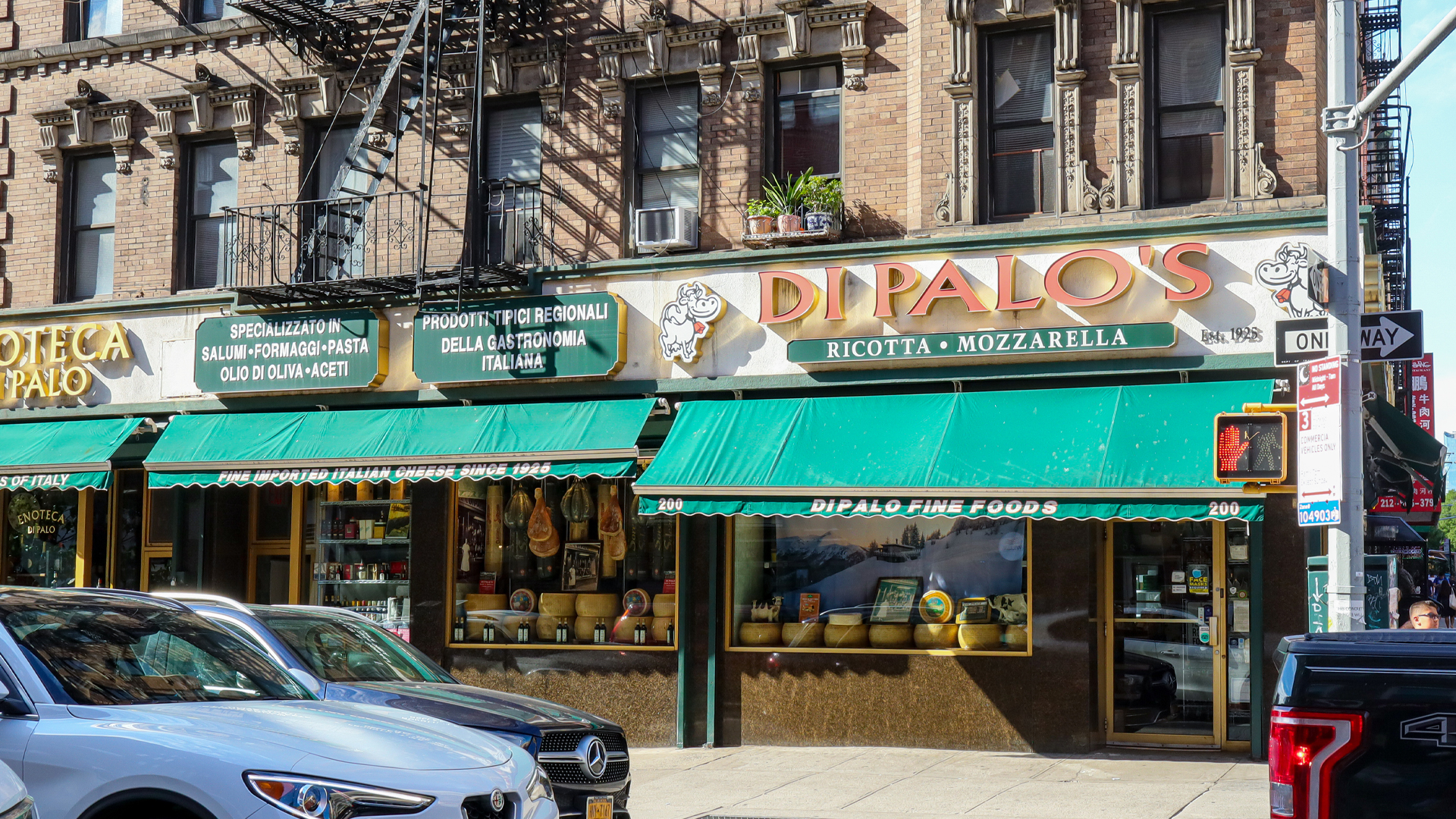Here is what to expect when you navigate through the streets of New York City’s Little Italy. These are the places to visit when you stroll down Mulberry Street.
Little Italy in New York City is a popular attraction for visitors to the Big Apple. It once spanned 30 blocks in the lower east side, boarded by Lafayette and the Bowery and Kenmare to Worth Street. Today, it is north of Chinatown, restricted to solely Mulberry Street. People will know recognize it as the location of films like The Godfather, Mean Streets, and Analyze This.
I spoke with Billy Russo, a retired executive of the NYC Housing Authority, primarily helping people who need affordable housing. He belongs to several cultural, community, and charitable orgs, and is a board member of the Italian heritage, and the cultural committee of NY.
“To understand what America is all about, we have to understand what the settlement of the different Italians settled in all parts of the United States,” Billy said. “In terms of the neighborhood, the NYC neighborhood represents what immigrants generally do, when they first settle to group together with those who have similar cultures, and faith. Little Italy of Manhattan, you have physical, visual, and experiential evidence of what an Italian neighborhood in Italy was.”
History of Little Italy, NYC
Little Italy was formed in the 1840s when the first wave of Italian immigrants moved to the neighborhood of Five Points. This first wave of Italians packed their families into tenement buildings. It wasn’t until the 1880’s that the largest wave came to New York; immigrating to escape the hardships of their home country. Between 1880 and 1920 over four million Italians immigrated to America. Many settled around what was then called Mulberry Bend. The Sicilians congregated around Elizabeth Street, the Genovese lived on Baxter Street, and the Northern Italians called Bleeker Street home. At one point, this was the worst area in Manhattan. Conditions were so bad that the city tore down the buildings there and built what is now known as Columbus Park. Many chefs and artisans opened shops and carts around Little Italy, making it a food hub on the Lower East side.
Around 1897, the Little Italy of New York reached its peak population of around 10,000.
Where to Eat and Drink in Little Italy, NYC?
“The culture finds its way into the minds and lifestyles of the young entrepreneurs of the neighborhood,” Billy said, “so the appeal of Little Italy has more of a broad appeal instead of a narrow appeal, housing both the classic and modern age of Italian culture.”
Billy continued to say that “There has been an infusion of new business owners who trace their roots to Italy. Those who are born in Italy and decided to come to America and open a business and provide to the public their Italian recipes. Peps pizza is one Italian owned restaurant from Italy.
For a new aged Italian restaurant, Rubi rosa is an Italian pizza place like one that you would find in like Greenpoint area. But for the first Italian pizza place, Lombardi’s in America is a landmark place that you need to visit.

Lombardi's in America is the first pizza place in America, established in 1905 (Photo by Ben Gabbe/Getty Images)
Il cortile has a small garden atrium that is lovely to view while you’re having dinner. Il Cortile was started in 1975 and has an expensive menu made to please everyone who dines here.
Umberto’s Clam house has been in the neighborhood since 1972. The restaurant has been run by the family and caters fine seafood. They serve raw clams and oysters, handmade pasta, and chicken and cheese tortellini.
Caffe Palermo was established in 1973, they are known as the cannoli kings of Little Italy. Other fun stuff to try is the tiramisu, the pistachio cake with ricotta, and of course, their cannoli.
Alleva Dairy, now run by Karen King, is the oldest cheese shop in America. Located in the heart of Little Italy, they first opened their doors in 1892. You’ll find some of the hardest-to-find cheeses right here in New York’s Little Italy.

Alleva Dairy on the corner of Grand and Mulberry Streets has been in the neighborhood since 1892 (Photo Credit: AJ Forrisi)
Da Nico Ristorante is a family-owned restaurant operating since 1993 in the heart of Little Italy, NYC where the house policy states, “if you don’t see it on the menu, just ask.” If you’re going to stick to the menu, try the authentic, coal-fired oven pizza, veal marsala, and the Pollo Alla Nico, chicken breast stuffed with spinach and mozzarella in a light rosemary potato crust.
Ferrara Bakery & Café is well known for its espressos and cannoli, but they have a galaxy of Italian baked goods and sweet treats.
Shop

DiPalo's Cheese and meats has been a staple for all cured meats and cheeses (Photo Credit: AJ Forrisi)
Di Palo’s Cheese Shop is the quintessential Italian market for meats and cheese. They even offer a place to sit down in the adjacent wine bar.

For a taste of Italy, head to Piemonte's on Grand (Photo Credit: AJ Forrisi)
If you’re looking for some homemade pasta, stop into Piemonte Ravioli. They craft their pasta fresh daily at their location in Woodside, Queens, but have been selling their fresh pasta from their Little Italy storefront since 1920.
Another legacy shop located in the heart of Little Italy, is E. Rossi & Company. The store has been on Grand Street for 112 years and sells everything from Italian apparel, keychains, and other Italian culture inspired goods.
Experience Little Italy, NYC
“The new migration to America from Italy is not the lunch pail laborer. They are the internet experts, graphic designers, restaurant owners, people in the arts, investment industry, and young adults coming to America for the opportunities that present themselves in America, either remotely or through skilled learning through college,” Billy said when we discussed the legacy of the modern aged Little Italy.
While it is not open until January of 2023, The Italian American Museum will house many photos and provide a host of valuable information about the people, culture, and community of Little Italy, dating back to its creation.

The Shrine Church of the Most Precious Blood houses the shrine to San Gennaro (Photo by John Lamparski/Getty Images)
There are two tours, one hosted by Tommy Tours, NYC visits the two oldest churches in the neighborhood, Basilica St. Patrick’s Old Cathedral and Shrine Church of the Most Precious Blood. The other tours the neighborhood and teaches visitors the rich Italian cultural history of the neighborhood.
“The Italian faith tradition to venerate saints has gone back millennia. At one time there were probably 20 or more feast days that were celebrated in Little Italy,” Russo said. There are many festivals that take place in Little Italy, NYC like the Feast of San Gennaro which takes place over 10 days, the single-day feast of San Rocco, and the feast of San Vincenzo Martare.
“This year they have surpassed 2 million people who have visited the San Gennaro feast of 2022, as many Americans want to know more about the Italian culture and you’ll find that in Little Italy NYC,” Russo said when we talked about the feast of San Gennaro.
AJ Forrisi
Assistant Editor for America Domani, AJ Forrisi is a Brooklyn-based writer and photographer. His work focuses on food, travel, sports, landscapes, and urban scenes. You can find him on Instagram @aj.photo.works.


